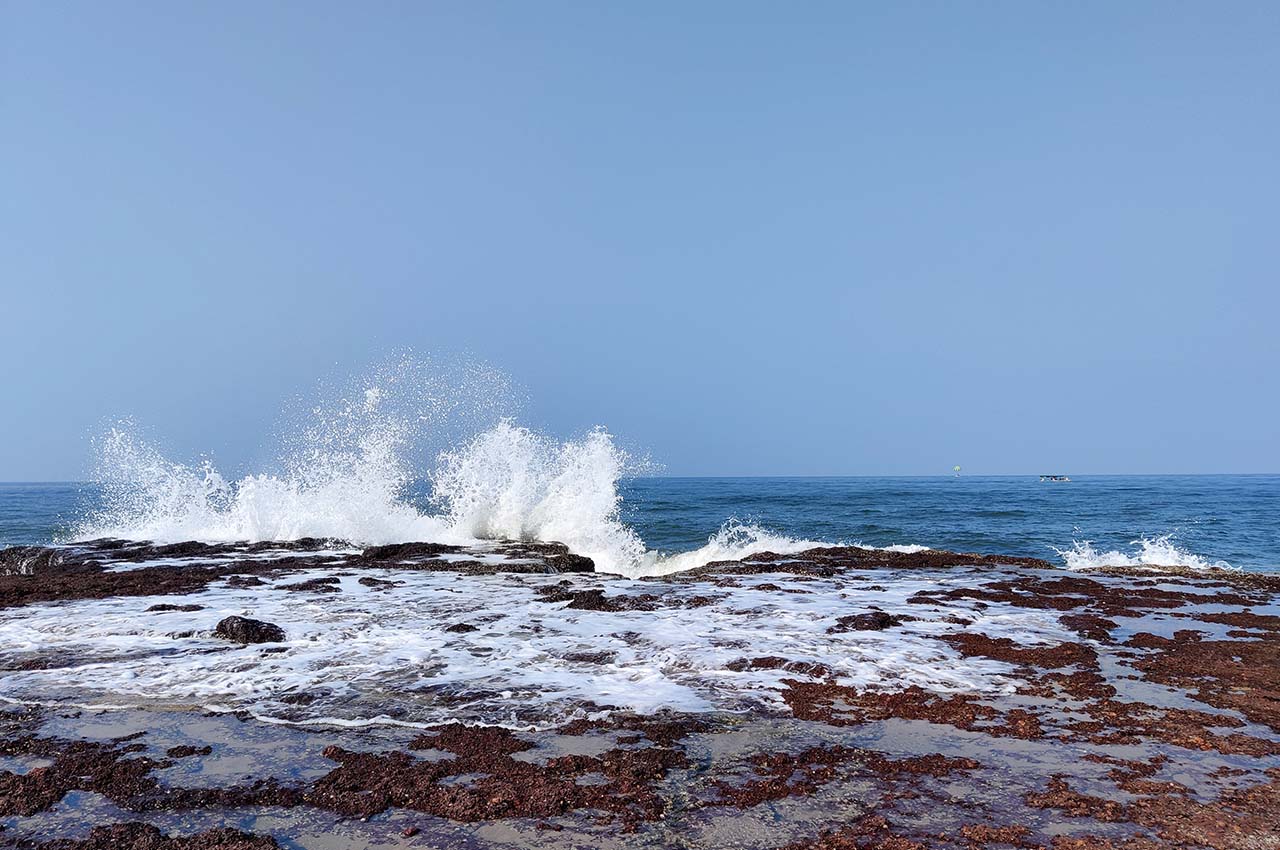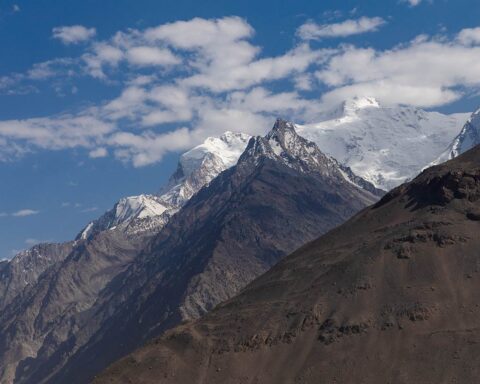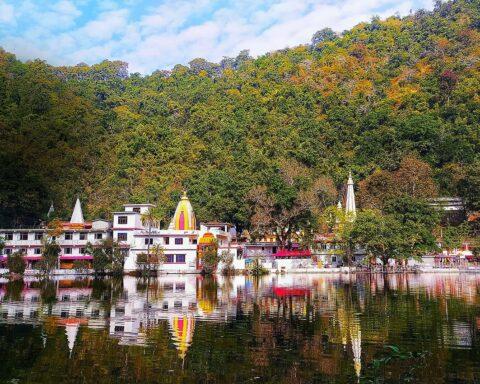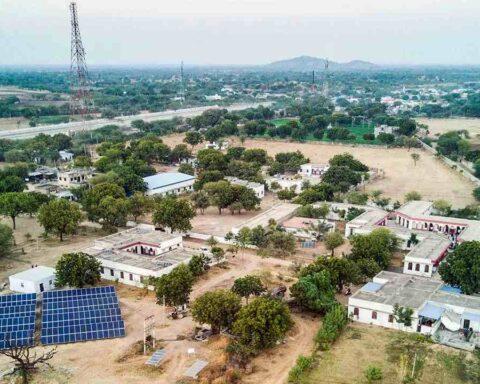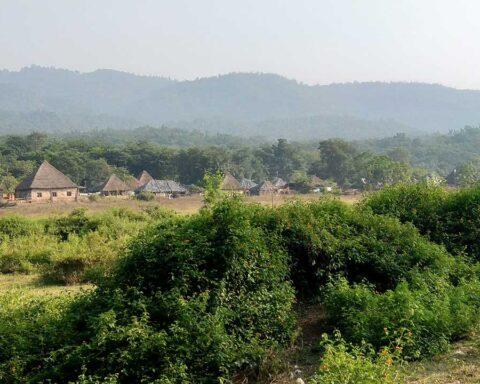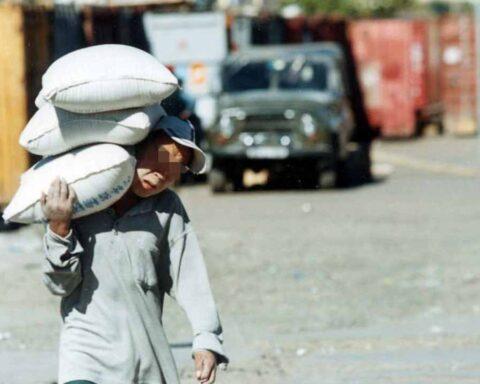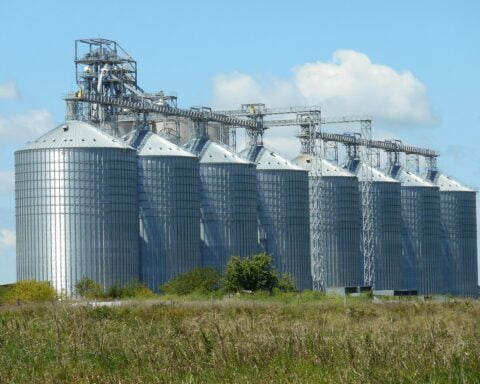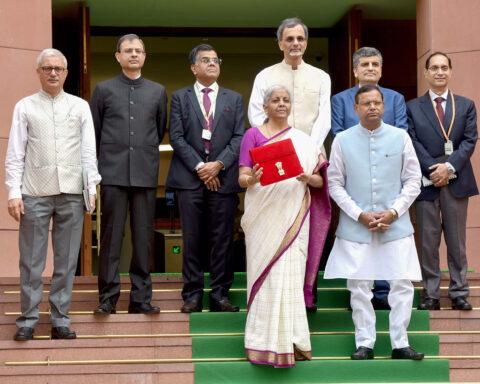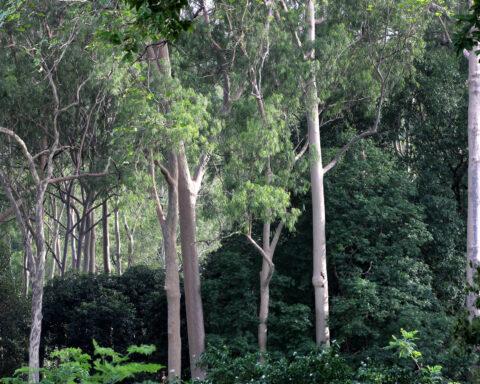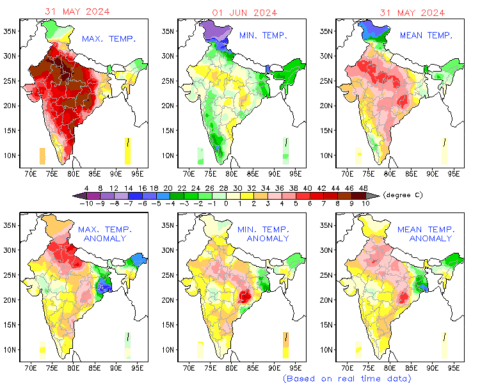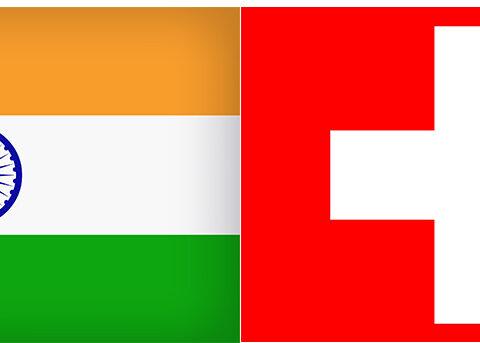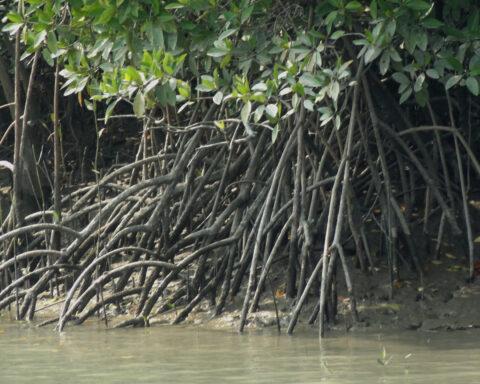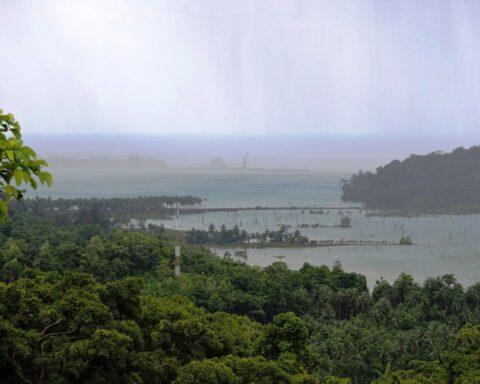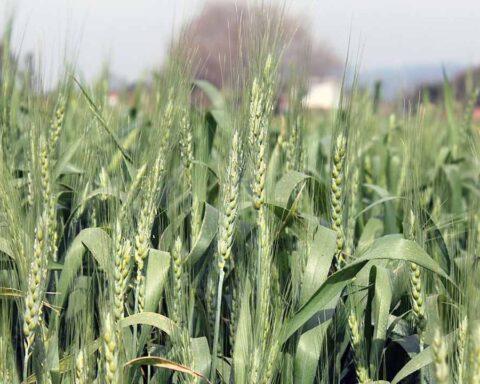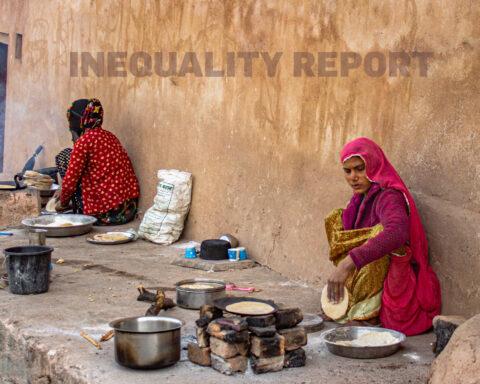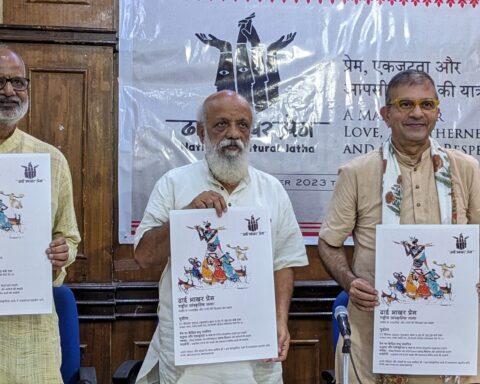India’s coastline is slowly, but surely, being swallowed up by the sea. The east coast is under greater threat, and at some points along the Bay of Bengal the coastline is receding by as much as 20 metres every year. Though about 225 million people live in coastal areas, the issue does not receive the attention it deserves, since for a majority of Indians in the heartland and interiors the sea is far removed in imagination. The Indian mainland has a 6,632-km coastline, and a little less than half of it is being steadily eroded.
Take the case of Pentha, a coastal village in Odisha’s Kendrapara district. In the half-century after 1960, the shoreline receded by as much as four kilometres. Most of Pentha’s coastline was lost in the 1999 super cyclone. More extensive surveys conducted using satellite imagery show that in a brief 17-year period, starting in 1989, India lost as much as 250 sq. km of land to the advancing sea, most of it along the Bay of Bengal.

